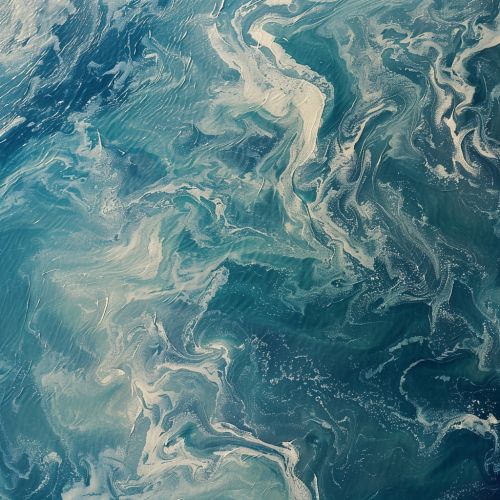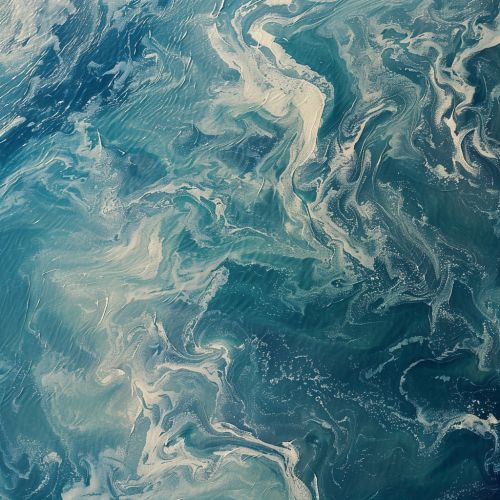Water currents
Water Currents
Water currents are the continuous, directed movement of seawater generated by various forces acting upon the water, including wind, the Coriolis effect, breaking waves, and differences in water density. These currents play a crucial role in the global climate, marine ecosystems, and human activities. This article delves into the intricate mechanisms, types, and impacts of water currents.


Mechanisms Driving Water Currents
Water currents are primarily driven by several key mechanisms:
Wind
Wind is one of the most significant drivers of surface currents. When wind blows across the surface of the ocean, it transfers energy to the water through friction, causing the water to move. This process is known as wind-driven circulation. The direction and strength of the wind influence the direction and speed of the resulting current.
Coriolis Effect
The Coriolis effect, caused by the Earth's rotation, deflects the path of moving water to the right in the Northern Hemisphere and to the left in the Southern Hemisphere. This deflection influences the direction of ocean currents and contributes to the formation of large-scale gyres.
Thermohaline Circulation
Thermohaline circulation, also known as the global conveyor belt, is driven by differences in water density, which are affected by temperature (thermo) and salinity (haline). Cold, salty water is denser and sinks, while warmer, less salty water is less dense and rises. This process creates deep ocean currents that circulate globally, playing a critical role in regulating the Earth's climate.
Tidal Forces
Tidal currents are generated by the gravitational pull of the moon and the sun on the Earth's oceans. These currents are periodic and predictable, occurring in conjunction with the rise and fall of tides.
Types of Water Currents
Water currents can be classified into several types based on their driving forces and characteristics:
Surface Currents
Surface currents occur in the upper 400 meters of the ocean and are primarily driven by wind. These currents can travel long distances and are influenced by the Coriolis effect. Major surface currents include the Gulf Stream, the Kuroshio Current, and the Antarctic Circumpolar Current.
Deep Ocean Currents
Deep ocean currents, part of the thermohaline circulation, occur below the surface layer and are driven by differences in water density. These currents move much more slowly than surface currents and can take centuries to complete a global circuit.
Coastal Currents
Coastal currents are influenced by the interaction of tides, wind, and the shape of the coastline. These currents can be strong and variable, affecting coastal ecosystems and human activities such as navigation and fishing.
Upwelling and Downwelling
Upwelling is the process by which deep, nutrient-rich water rises to the surface, often driven by wind patterns. This process supports high primary productivity and rich marine life. Downwelling, on the other hand, occurs when surface water is pushed downward, often leading to lower productivity.
Impacts of Water Currents
Water currents have profound impacts on the environment, climate, and human activities:
Climate Regulation
Water currents play a crucial role in regulating the Earth's climate by redistributing heat from the equator to the poles. For example, the Gulf Stream transports warm water from the Gulf of Mexico to the North Atlantic, influencing the climate of Western Europe.
Marine Ecosystems
Currents are vital for the distribution of nutrients and the migration of marine species. Upwelling zones, in particular, are areas of high biological productivity, supporting diverse and abundant marine life.
Human Activities
Water currents impact various human activities, including shipping, fishing, and coastal management. Understanding and predicting currents are essential for safe navigation, efficient fishing practices, and effective coastal planning.
